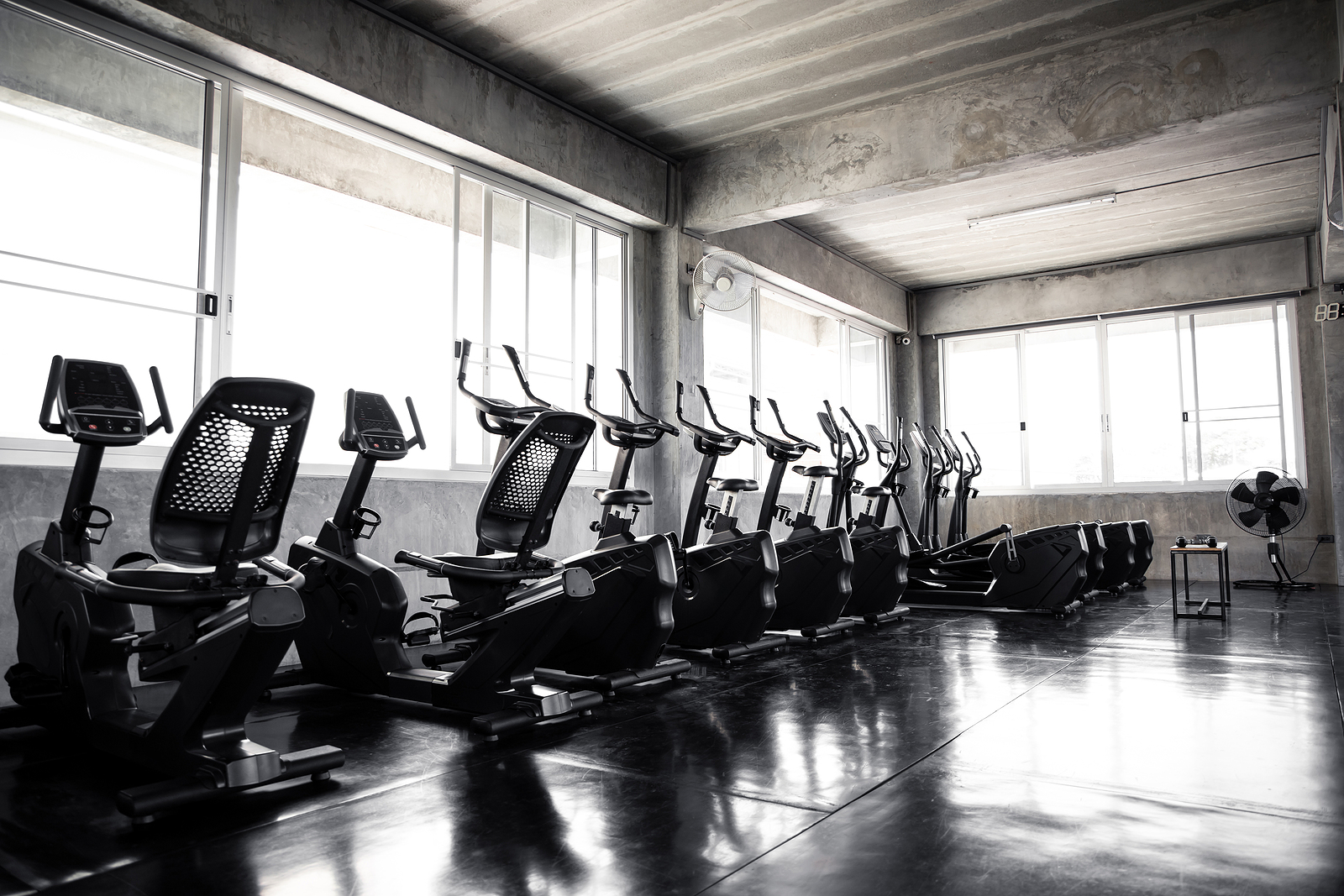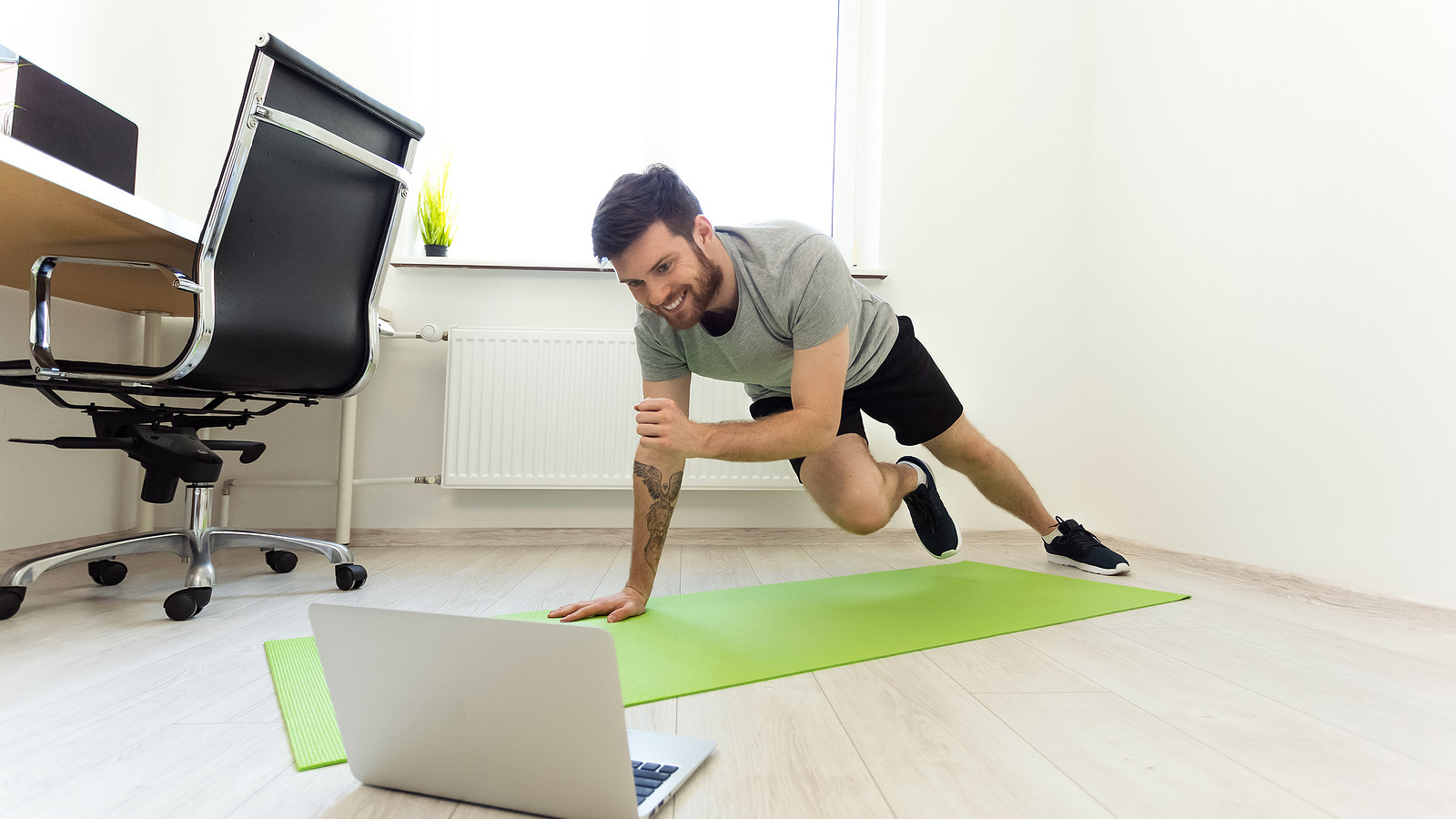At the height of the coronavirus pandemic (and perhaps even until now), more people were compelled to work from home – myself included. And among those unaccustomed to the work-from-home setup, it brought on a lot of changes.
One upside of working from home is that it fostered a different kind of closeness in our family, as we were forced to be together at home all day, every day. There have also been lots of surveys published on the benefits of working from home. One big downside of being cooped up at home this way however is what seems to be the inevitable weight gain and staying fit.

By observing people in my family, my own circle of friends and colleagues, it was obvious that it was harder to keep fit. Why was this? It was simple really. There’s no rushing around to work and other outside activities were restricted. People were just moving around considerably less.
However, by observing others and doing my own research, I finally decided to integrate a fitness routine into life at home.
If you’re a lot like me, you want to lead a healthy life – here’s what I learned on staying fit while observing others.
Metabolism And Exercising Based On Age
Although I’m not going to tell you how old I am (the 30s), I have learned that our fitness needs change as we grow older. Sure, most of us might know about how our metabolism slows down with ageing. We don’t really know how much it does slow down – at least, not until we realise we’re gaining weight when we’re actually eating less than before.
It’s unfair, but we’re built that way. Still, there are things we can do to stay healthy and fit no matter our age. A healthy diet combined with exercise helps not only in managing weight but also by keeping our cardiovascular and immune systems strong. Physical activity also helps keep the mind sharp and improves concentration and learning.
If you want to know what I’m doing to get fit physically and mentally while working from home, here are some things I learned when it comes to exercising and keeping healthy based on one’s age.
The 30s
During our youth until our mid-20s, calorie-burning was never a concern. We burned a lot of calories every time we moved, and we burned a lot more if we played a sport or did a lot of walking or hiking.
But with the 30s, we could keep to the same physical activities and find out our body’s calorie-burning capacity has already begun to decline. In fact, after our mid-20s, we could easily lose all the muscle mass, strength and power we built during our peak years.
The only way to stay in shape is by getting adequate exercise, especially more cardio fitness activities. These include simple cardiovascular exercises like walking, running and cycling – things that I (and you) can do on my own, without the need for a gym membership.
And since I enjoy going on nature walks or hiking, I can also count these activities into my goal of ramping up my cardio activities. By keeping my workouts varied, I never get bored. I try to do most of my cardio in the morning so before I start working, I can already tick off exercise from my to-do list.
Also, if you do the same, you’ll find that exercise actually energizes you, that is, as long as you have enough sleep.
Another great tip I learned was to exercise with friends or family members, as this can really help motivate you into putting more effort into having an exercise routine.
The 40s
Later on in life, it’s even more crucial than ever to continue to doing cardio exercises well into the 40s (and further ahead). This is something I observed by watching my father (and his fitness trainer) while at the gym back in the day. Since muscle loss speeds up in your 40’s, it’s more important than ever to eat right. With exercise, it’s also important to monitor add some resistance training in too to keep muscle.
Due to this, I’ve been eating more fresh veggies and fruits in season and less red meat, fast food and processed food products. I’ve also started bodyweight training simply by watching workout videos available online. Yoga and Pilates are also great alternatives, as these have a lower impact on the joints.
Doing at-home resistance training as part of my recovery days from cardio has been good. And all it takes is 20, 30 minutes or more – it all depends on my mood or schedule. What’s important is I get some exercise.
By including resistance training on top of cardio, I’m maintaining my cardiovascular health, strengthening my core, keeping my blood pressure normal and achieving a healthy weight. With my fitness regimen combined with a healthy diet, I’m also reducing my risk of developing metabolic syndrome, certain types of cancer and dementia.
The 50s and Beyond
Bone health is crucial during the 50s, 60s and beyond when osteoporosis usually strikes. With osteoporosis, the bones become brittle and weak, making us more prone to fractures and other bone injuries.
Certain types of exercises help in strengthening the bones and increasing bone density. Examples of these include endurance activities like climbing, hiking, walking, tennis and jogging, as well as resistance training. There are also low-impact exercises that benefit the bones, such as yoga, tai-chi, dancing and golf.
Aside from regular exercise, including foods rich in calcium and vitamin D in one’s diet is crucial. So, I make it a point to consume soy milk, yogurt and tofu, as well as nuts, seeds, legumes and greens that are all rich in calcium. I get vitamin D from the early morning sunshine, fish, liver and eggs.
Of course, some people at this stage suffer from back pain and bad posture. However, by engaging in resistance training and core exercises, the back muscles become stronger. This is why I didn’t even realise it till later that my typically slouched back (thanks to sitting at the computer several hours a day) already became upright – all because of regular exercise.
Challenging Myself For The Future

With a raging pandemic, the past year has been tough. However, by observing others and conducting research, you can conquer anything and stay fit no matter the circumstances. Personally, I am in better shape now than, say, around five or six months ago.
And although I’m already doing everything someone in their 30s, 40s and 50s should be doing, I’m fit and happy.
In fact, I’m better than fine. I’m healthy, and I feel strong because exercise and sticking to a healthy diet are great habits to live by.
Some Key Points To Remember
Ensure you stay active and lead a healthy, balanced life well into retirement.
Eat right and go easy on unhealthy foods and drinks.
Keep up the motivation no matter what and you can lead a long, prosperous life.


